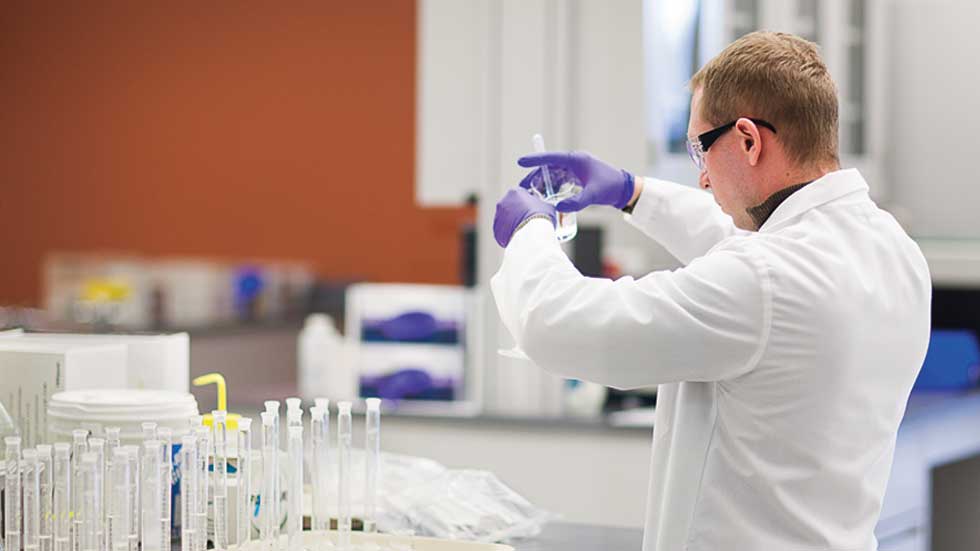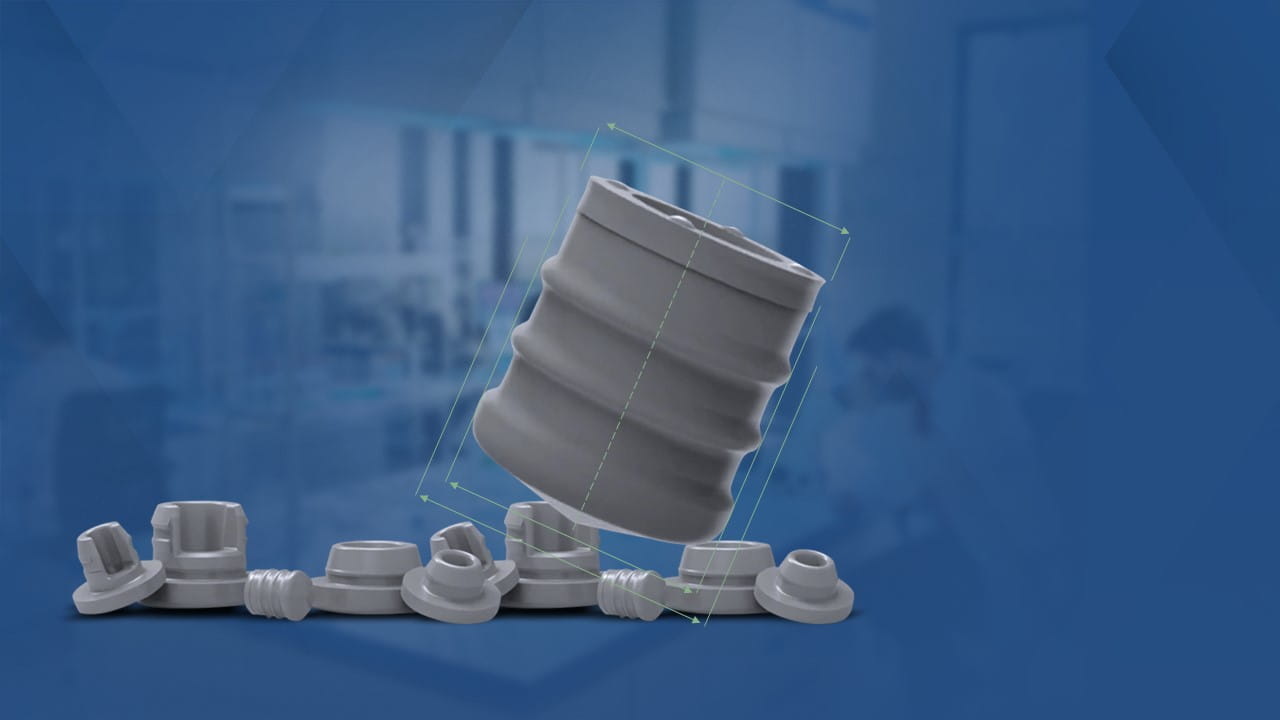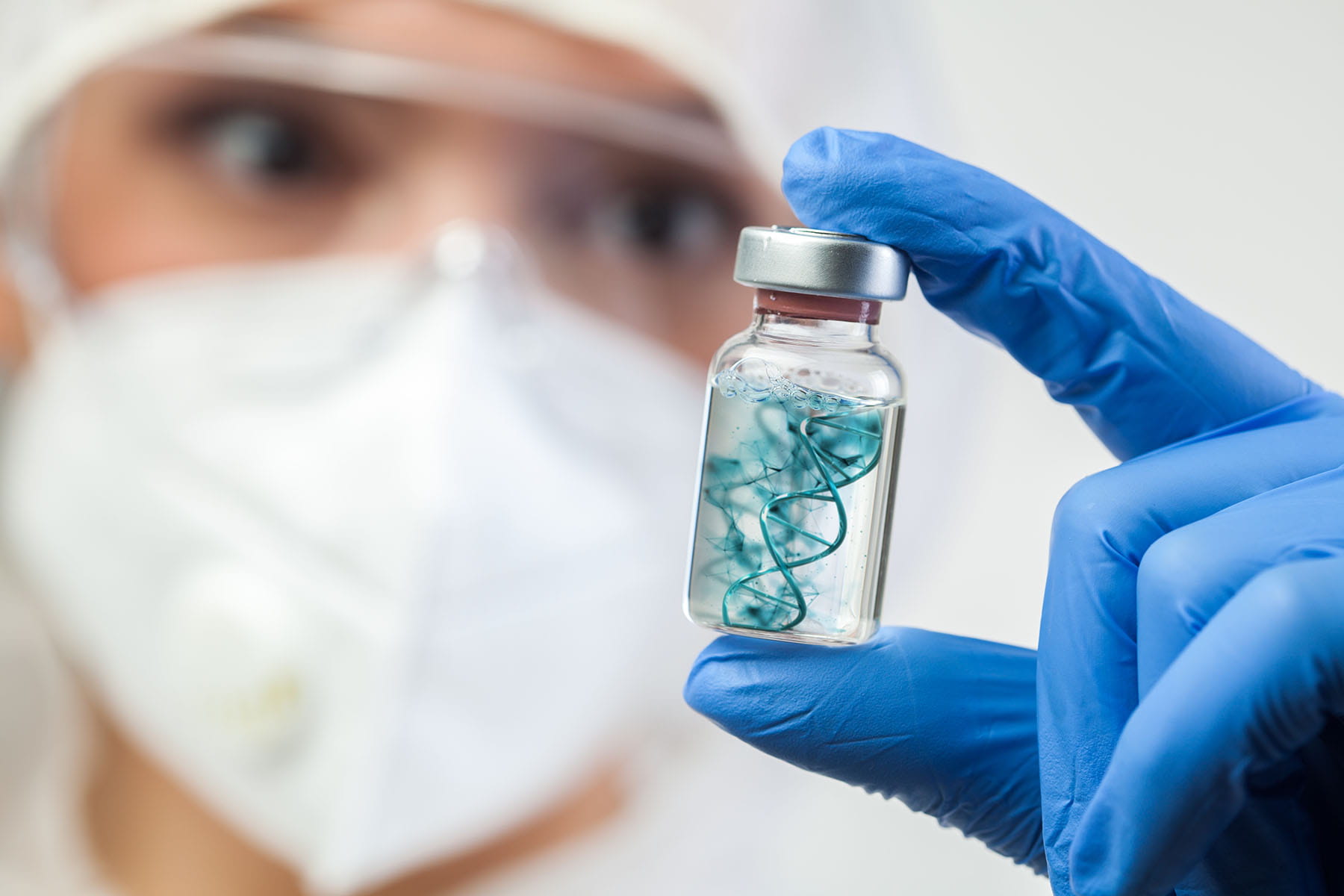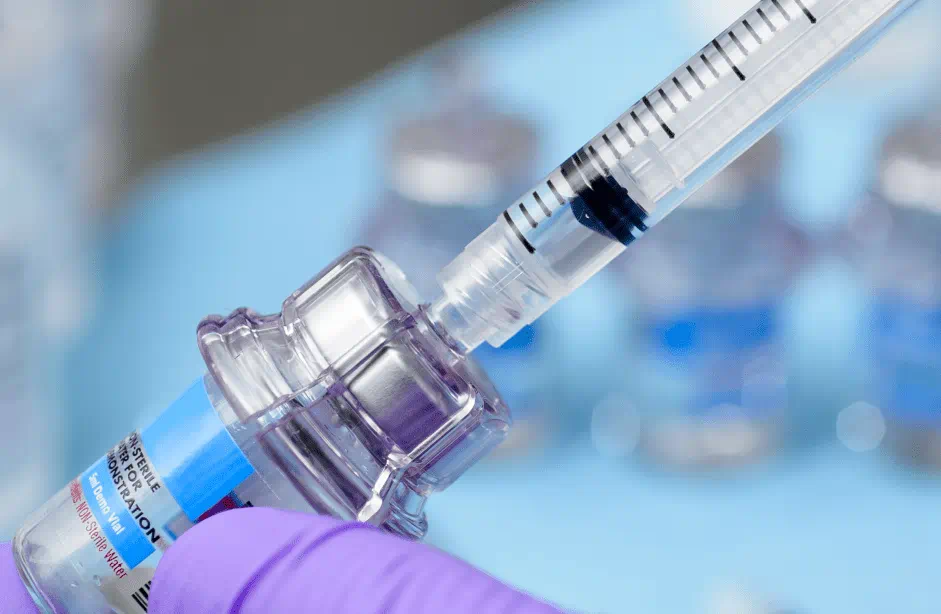December 18, 2025
West Volunteer Spotlight - Karin Bergstein
Inclusive environments actively cultivate space where everyone feels valued, respected, and empowered. For West team member Karin Bergstein, Executive Assistant, QA, EU & General Management, Germany, inclusion is a driving force behind her passion to volunteer. Karin’s daughter, Klara, lives with a genetic defect known as MAC F1. Currently, there are 10 children worldwide with this diagnosis. This genetic defect causes neuronal migration, which often results in developmental delays and cranial nerve deficits. Those that are affected by MAC F1 have impaired intellectual development which can cause poor speech and social deficits, making independent living difficult.
Reese Brown
Co-Op, Corporate Communications













)
)